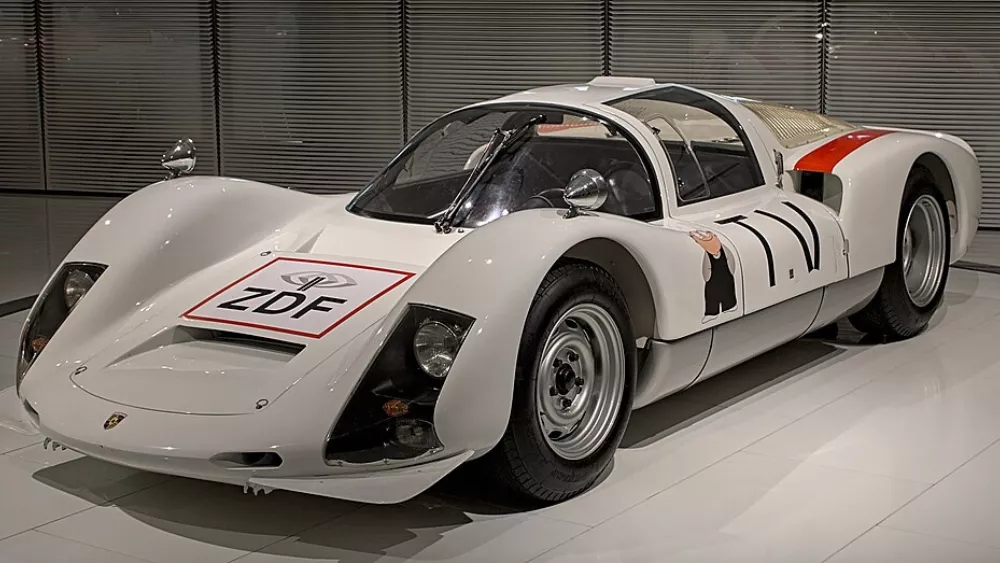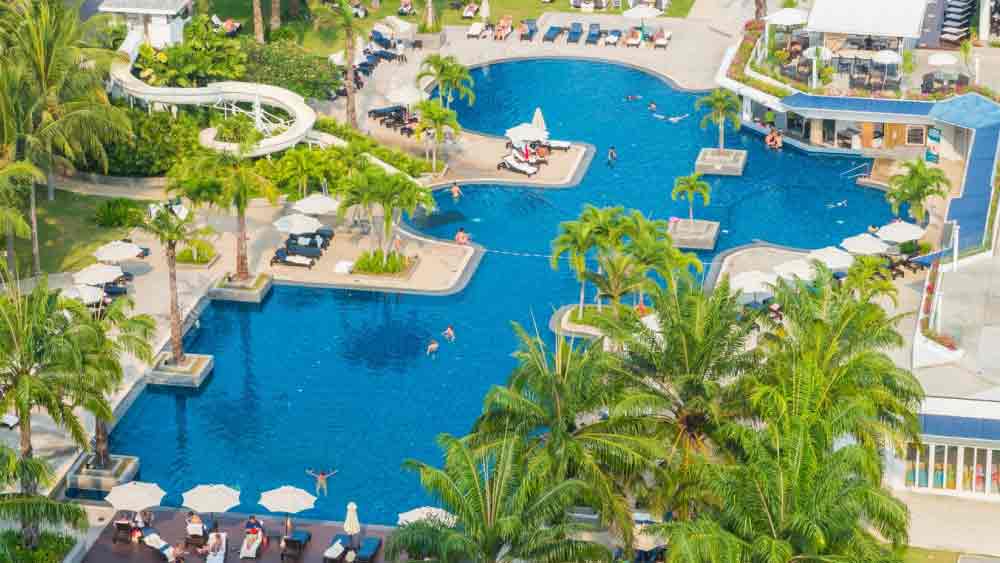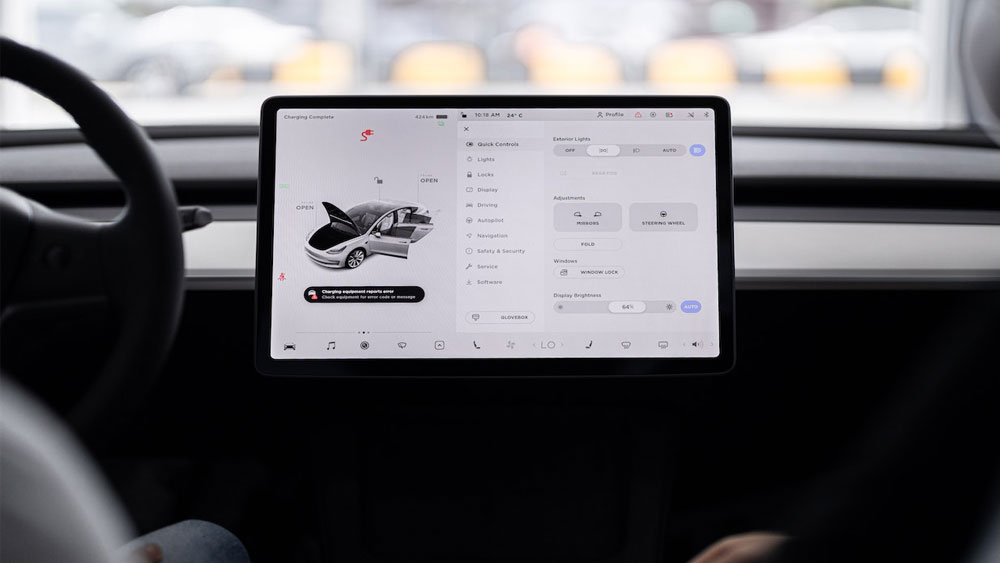Porsche 906 – A Motorsport Icon Born from Porsche’s Racing Innovations

Think of the Porsche 906 or Carrera 6 like a sharp little racing knife. It arrived in the mid 1960s under Ferdinand Piëch’s watch and was meant to follow the 904, but smarter and lighter. The engineers gave it a tubular space frame and hand-laid fiberglass body so the skin was neater and the whole car dropped a chunk of weight. It weighed around 1,300 lbs, roughly 250 lbs less than the 904, and that made a real difference on track.
In the middle of the car, you mostly get a 6-cylinder pushing about 220 hp. Sometimes Porsche slipped in an 8-cylinder for hillclimb fights with Ferrari Dinos. Wind tunnel work helped the shape. At Le Mans, the 906 hit about 170 mph. The 906’s top speed was eye-opening for its day, though modest next to today’s fastest cars on the planet. Still, for a small 2.0 liter racer it felt outrageous. Small details made this street-legal racing car feel special too such as gull-wing style doors, a Plexiglas rear engine window, and clever tricks like using some frame tubes as oil channels to save weight.
It raced right away and it raced well. Daytona, Sebring, Monza, Targa Florio, Le Mans — the 906 put in class wins and upset bigger cars more than once. Drivers loved how nimble it was. Tires and wheel choices were a headache sometimes, which is part of why Porsche moved on to the 910 for certain setups, but the 906’s place in Porsche history? Solid. Quietly brilliant. If you stand trackside today you’ll see the 906’s spirit echoed in modern hypercars that push tech and aero even further.
Porsche 906 – Design, History, and Motorsport Triumphs
The 906 wasn’t built to be pretty on paper, it was built to win – light, simple, and clever where it counted. Porsche used race lessons fast, swapping parts and experimenting with long tails and even eight cylinder layouts in a few cars to chase bigger rivals. The 906 was basically prototype thinking made road legal. It was a reminder of how concept and prototype ideas often bleed into race and road cars. That push-and-pull between clever makeshift fixes and proper factory updates is exactly why the 906 felt like a rolling testbed as much as a race car.
History
The Porsche 901 faced a renaming hiccup, becoming the iconic 911, unlike its peers with zero in the middle. The Carrera GTS tag adorned the 904 coupé, while the 906, conceptualized by Erwin Komenda, had the Carrera 6 title from the start.
Differing from the 904, the 906 sported side fuel tanks, enhancing handling. Ingeniously, some frame tubes doubled as oil channels, lightening the load. The 906 Ollon-Villars borrowed Lotus F1 suspension, while the homologation model embraced 904 components and 5-bolt Porsche wheels.
The 901/20 engine in the 904/6 and 906/6 shed a remarkable 54 kg/119 lb, thanks to the use of magnesium and titanium materials. Meanwhile, FIA regulations evolved and reduced the production requirement to 50 cars for the sports car class.
The 906’s legacy began with prototype chassis 906-016 and 906-017, paving the way for the groundbreaking 906-101.
Motorsport Success
The inaugural race for the 906 coupé took place at the Daytona 24 Hours in February 1966, marking the speedway’s first 24-hour event in Daytona Beach, Florida. Despite being in the 2-liter prototype class due to incomplete homologation for the FIA sports car class, the 906 secured a class win with drivers Hans Herrmann and Herbert Linge, finishing sixth overall behind a 7-liter Ford GT40s and a 4.4-liter Ferrari.
Moving to the Sebring 12-hour race on March 26, 1966, the factory team’s 906 K Coupe clinched the 2-litre prototype class win and achieved a commendable 4th overall. However, the race was marred by tragedy when a gearbox failure in Mario Andretti’s Ferrari caused a fatal crash, claiming four lives. Bob McLean’s earlier self-inflicted death and this incident nearly ended Sebring’s 1966 race.
The 906’s triumph continued at the Monza 1000 km race on April 25, 1966. Driven by Gerhard Mitter/Hans Herrmann, clinched the 2-litre prototype class victory and secured 4th place overall. By April’s end, Porsche had produced 50 cars, homologating the 906 in Group 4 GT from May 1966. Although officially 50 were made, more 906 models, including sixty 906 K (short tail) Coupés, were produced. Notably, the 906 E, featuring a fuel-injected engine, emerged during testing with the prototype chassis 906-017 and made its debut at Targa Florio.
Porsche’s racing triumphs under Ferdinand Piëch began in 1966 with the Targa Florio victory by Herbert Müller/Willy Mairesse in the 906. Despite a setback in the race due to an accident, the 2.2-liter 8-cylinder 906 (chassis 906-142) showcased potential. At the 1966 Le Mans 24h, long-tail LH versions were introduced, renaming standard 906s as 906 K. The podium featured 7-litre GT40s, succeeded by three 906 LHs, and the 7th spot was claimed by a 906 K (906-143, #58).
At the Zeltweg 500 km race on Sep 11, 1966, the podium was dominated by three Porsche 906s: 1st Mitter/Herrmann (#14), 2nd Siffert (906-137, #12), and 3rd Schütz/Linge (906-124, #15).
The triumphs of the Porsche 906/Carrera Six extended beyond 1966, stretching into 1967 and 1968. Porsche driver Peter Gregg added to the legacy with wins at Bahama Speed Weeks.
Furthermore, Chassis No. 906-120, part of a limited production run, excelled in endurance competitions. Initially driven by Shintaro Taki in Japan, it conquered major races, including the Suzuka Clubman round and the All-Japan race at Mt. Fuji. Despite its smaller size, the 906 faced formidable opponents like Ford.
Taki continued the success in 1967, winning five out of eight races, including the crucial 1,000-kilometer race at Suzuka. Further victories in 1968 and 1969 solidified its remarkable track record. This particular 906 was recently sold for US$2,040,000 at Bonhams auction. It is unconditionally one of the most raced, and most victorious, of all remaining 906s. It can easily be one of the rarest cars in the world. Compared to the world’s priciest cars like the one-of-a-kind Bugatti La Voiture Noire that fetched nearly $19 million, or the Lamborghini Egoista shattering records at over $117 million, this nimble racer proves you don’t need nine figures to claim a spot in automotive legend.
Also read: Most Expensive Bugatti
The 906 Carrera 6 faced racing challenges with its 15″ wheels. Porsche engineers adapted 13″ central nut Formula 1 wheels and special tires, giving birth to the Porsche 910.
Porsche 906 Carrera 6 Specifications
| Specifications | Homologation Model | Standard Model |
| Engine: | 6-cylinder boxer (1991 cc) | 6-cylinder boxer (1991 cc) |
| Performance: | 155 kW (210 PS) at 8000 rpm | 162 kW (220 PS) at 8000 rpm |
| Torque: | 196 Nm at 6000 rpm | 206 Nm at 6400 rpm |
| Compression: | 10.3:1 | – |
| Valve Control: | Overhead camshaft, chain control | – |
| Cooling: | Air cooling (fan) | Air cooling (fan) |
| Transmission: | 5-speed gearbox, LSD, RWD | 5-speed gearbox, LSD, RWD |
| Brakes: | Dual circuit disc brakes | Dual circuit disc brakes |
| Suspension: | Double wishbones, coil springs, telescopic shock absorbers | Inclined wishbones, coil springs, telescopic shock absorbers |
| Body: | Plastic with tubular space frame | Plastic with tubular space frame |
| Dimensions: | 4113 × 1680 × 980 mm | 4113 × 1680 × 980 mm |
| Weight: | 675 kg (1485 lbs) | 675 kg (1485 lbs) |
| Top Speed: | 162 mph (260 km/h) | 162 mph (260 km/h) |
FAQs about Porsche 906
Around 50 to mid 60s, depending on how you count. Porsche needed a minimum of 50 cars to homologate the 906 for FIA Group 4, and historians usually quote about 60 to 65 examples built in 1966 when you include factory prototypes and short-tail/long-tail variants.
The 906 stands out because it took racing-first thinking and made it road legal enough to meet rules, while shedding serious weight with a tubular space frame and hand-laid fiberglass body. It was simple, aerodynamic, and quick to adapt. Porsche tried different engines, long-tail bodies for Le Mans, and even used some frame tubes as oil lines to save weight.
Main practical difference is the wheel and tire setup and the lessons that came from it. The 906 used 15 inch wheels and higher-profile tires, which limited some handling options. The 910 adopted 13 inch Formula 1 style center-lock wheels and lower profile rubber. That improves grip, reduced unsprung mass, and allowed a lower, more efficient body. The 910 is basically the next step up, using what worked on the 906 and fixing what didn’t.

news via inbox
Sign up and never miss out on the latest news and updates at HighStuff




